Modern split systems and mobile units are capable of not only cooling the air, but also heating it. It is important to understand: is it possible to use the air conditioner for heating in winter or the equipment is not designed to work in thermal mode at low temperatures outside.
- Features and principle of operation of the split system for heat
- Outside Temperature Range Limitations
- How to turn on and adjust the air conditioner for warm air
- Operational problems and risks
- Efficiency and thermal efficiency of air conditioners
- Winter kit
- Mobile air conditioner as winter heater
- Selecting an air conditioner with a heating function
Features and principle of operation of the split system for heat
Most splits can produce warm air. In general terms, this process can be called the reverse of freon, in which the compressor is responsible for pumping it towards the room: heat is taken from the outside and carried inside. Changing the refrigerant stroke requires a four-way valve that swaps the evaporator and condenser positions. Freon condensation occurs in the indoor unit with the release of heat, and in the external unit, evaporation occurs, during which the air conditioner absorbs heat. Heat is pumped from one place to another, but not generated. Because of this, in heating mode, the efficiency of the air conditioner is greatly reduced, which makes it ineffective at street temperatures closer to zero marks.
The heat exchanger of the outdoor unit becomes infinitely small: when the thermometer values are closer to zero and below, its area is not enough to remove the cold.
Outside Temperature Range Limitations
The majority of air conditioners with a heating function have certain limitations: manufacturers produce climatic equipment with a programmed ability to work on heat at a minimum outside temperature of -5 ° C. In practice, it has been proven: with minus indicators, the split system should not be started. It can be concluded that it is impossible to use an air conditioner for heating in winter. In the best case, it will be possible to warm up in this way until November.
Failure to comply with the recommendations given in the instructions and during installation leads to wear and tear in a constant start-stop mode. Modern two-component devices have a special program in which a signal is given from the temperature sensor to the board about the unacceptable temperature values of the heat exchanger, and the device is blocked. In extreme cases, only the fan will work, or one of the error codes will be displayed - each brand has its own codes.
How to turn on and adjust the air conditioner for warm air
If the outdoor temperature is correct, turn on the air conditioner using the ON button on the remote control or on the external panel.
After switching the system to thermal mode, use the "+" and "-" buttons to set the desired temperature. It should be higher than the room temperature.
After setting the desired temperature, the fan will turn on, and then warm air will begin to flow. The preset climate will be established within 10 minutes.
There are models in which you first need to set the mode and temperature, and then press the ON button. Detailed instructions are attached to the device upon purchase.
Operational problems and risks
If you turn on the air conditioner for heating when the outside temperature is below the permissible level, the following problems may occur:
- the efficiency of the system will decrease significantly;
- the condenser of the outdoor unit will freeze;
- the fan of the outdoor unit will break;
- the oil will thicken, causing the compressor to break during system start-up.
Efficiency and thermal efficiency of air conditioners
The efficiency of an air conditioner is understood as an assessment of the efficiency of the system. The calculation of this value is made from the ratio of consumed and useful power. In this case, the useful power is the amount of reduced heat per unit of time. We can talk about efficient operation when the efficiency of the air conditioner in heating mode is more than 1.
The energy efficiency ratio of an air conditioner is usually labeled C.O.P. (Coefficient of Performance). It can be calculated by correlating two values - heating power to consumption power.
If the thermal power is 3.5 kW and the consumption is 1.2 kW, then the efficiency will be approximately 2.9 kW. This is considered to be quite high performance. If the outside temperature drops, the energy consumption increases accordingly, and the coefficient drops noticeably. A ratio of less than 2.4 is considered low. Devices with such values are labeled below A-class.
Winter kit
There are two myths about the efficient heating of air conditioners in the winter cold.
The first myth: when installing a winter kit on an air conditioner with a heating function, it can be used at low temperatures. There is some truth in this - in this case it is allowed to turn on the device, but not for heat, but for cold.
- fan deceleration device;
- heating the compressor crankcase;
- drainage heating - self-regulating heating element.
When the air conditioner is operating for heating in winter, there is no need to slow down the fan, on the contrary, it must rotate even more. Therefore, such a split configuration will only help when cooling the room, when it is necessary to slow down the rotation of the fan to maintain the condensing temperature.
In most cases, the installation of a winter kit for inverters is not completely carried out, but partially, since many devices have a fan retarder already built into a complex electronics system.
The second myth: the purchase of a modern air conditioner with a built-in winter kit and an anti-icing program will allow it to function for heating up to the specified temperature parameters, which very often reach serious values. This is not entirely true. Only a few models belonging to the semi-industrial series will be able to heat the room. In addition to the built-in heater of the drain pan, they have an enlarged heat exchanger. These models provide decent heating efficiency in winter with air conditioning, even at -25 ° C. The rest will be able to work efficiently with such external parameters only for cooling.
The main manufacturers and series of devices with a programmed possibility of heating the room in frost:
| Manufacturer | Series | Allowable temperature |
| DAIKIN | CTXG-J / MXS-E | -15 ° C |
| TOSHIBA | DAISEKAI SKVR | -15 ° C |
| HITACHI | PREMIUM, ECO | -20 ° C |
| PANASONIC | HE-MKD | -15 ° C |
| MITSUBISHI ELECTRIC | DELUXE, PKA-PR (not all models) | -15 ° C |
In modern conditions for the production of climatic technology, there is an opportunity to use an air conditioner for heating, but the purchase of an all-season split will cost much more.
Mobile air conditioner as winter heater
The mobile air conditioner has combined all the internal working elements of the refrigeration machine in one case. When working in the cold, air is drawn from the room, inside it is divided into two parts: the cooled flow goes back, and the warm one is removed through the discharge corrugated hose to the outside.
At the same time, there are three significant advantages:
- with the help of this structure, it is possible to serve areas up to 60 m²;
- heating by air conditioning in winter is possible at any outside temperatures, since there is no external unit at all;
- a ceramic heating element can be installed in the mobile unit to heat the air.
An accurate thermostat is placed in a monoblock with heating mode, which, when the device reaches the set temperature, will turn off the compressor.
There are not many manufacturers producing high-quality monoblocks with heating function. The most famous among them:
| Manufacturer | Models |
| BALLU | BPAM-07H |
| BORK | Y502 |
| DANTEX | RK-09PSM-R |
| ROLSEN | RAP-09CWAD |
| TIMBERK | AC TIM 07H P3 |
Selecting an air conditioner with a heating function
Regardless of the preferred design of the device, when choosing an air conditioner for heating, it is imperative to pay attention to the following characteristics:
- rated power consumption;
- heat performance;
- energy efficiency class;
- Operating temperature range by heat;
- availability of the function of automatic defrosting of the external unit.
- the area of the room and the height of the ceilings;
- intended use of the premises.
It is better to give preference to premium-class inverter split models with a built-in winter kit and an increased heat exchanger, as they differ in lower electricity consumption, increased heat production capacity and an advantageous efficiency factor.

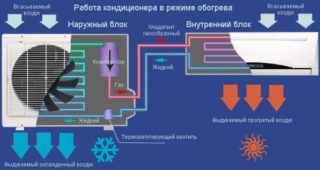
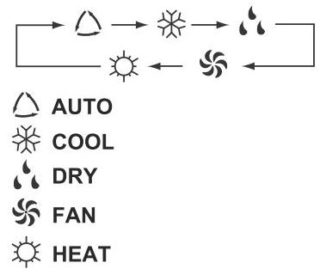
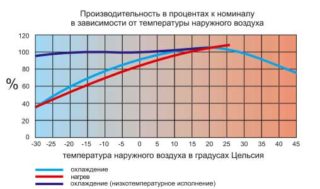
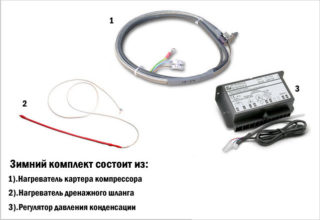
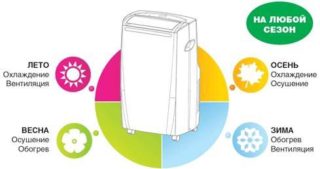

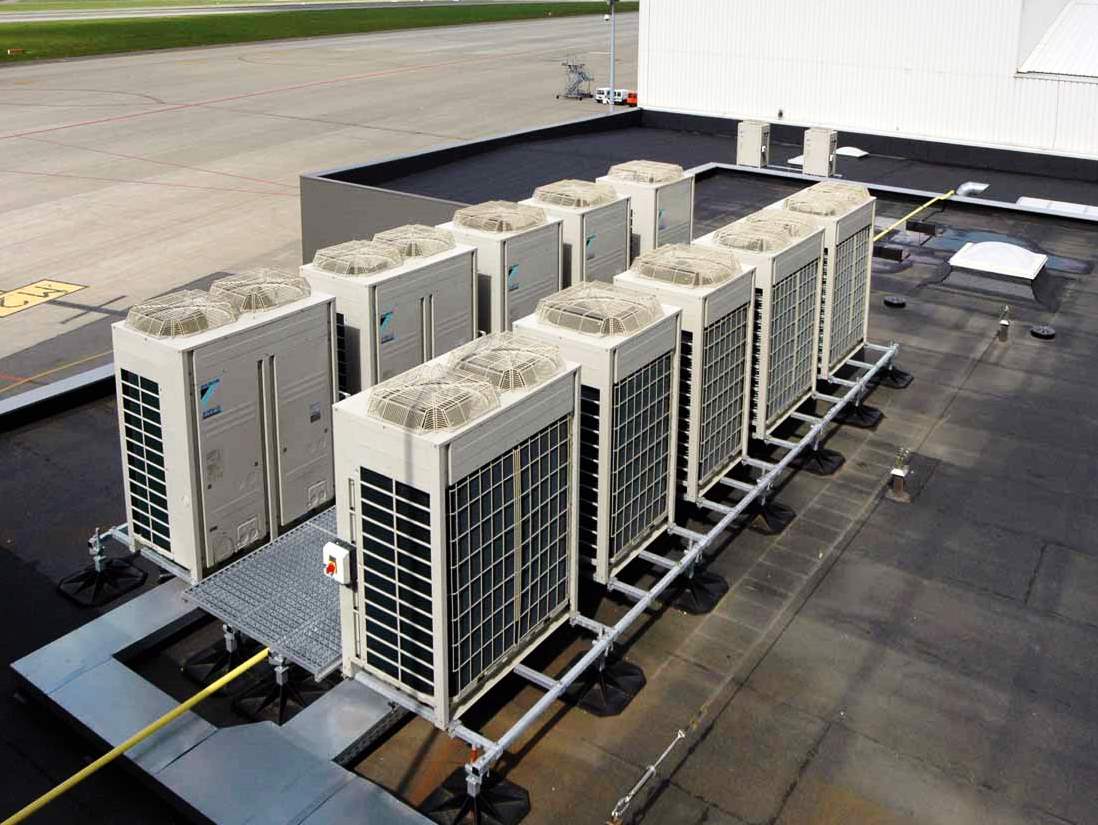
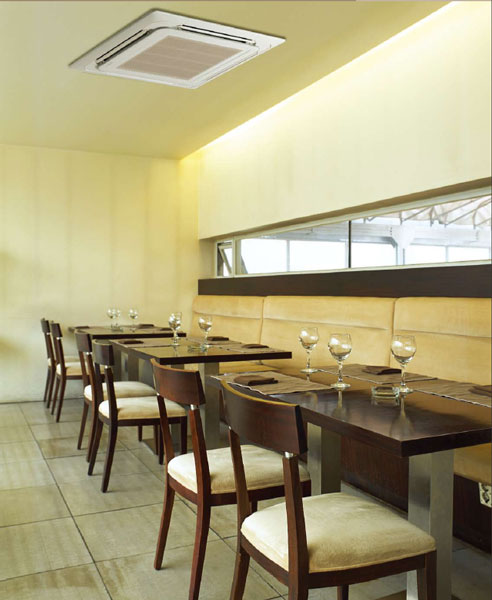
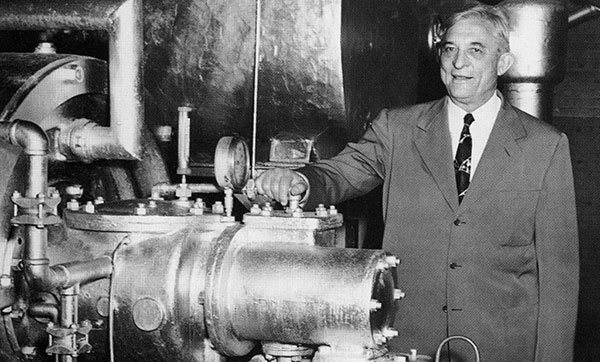
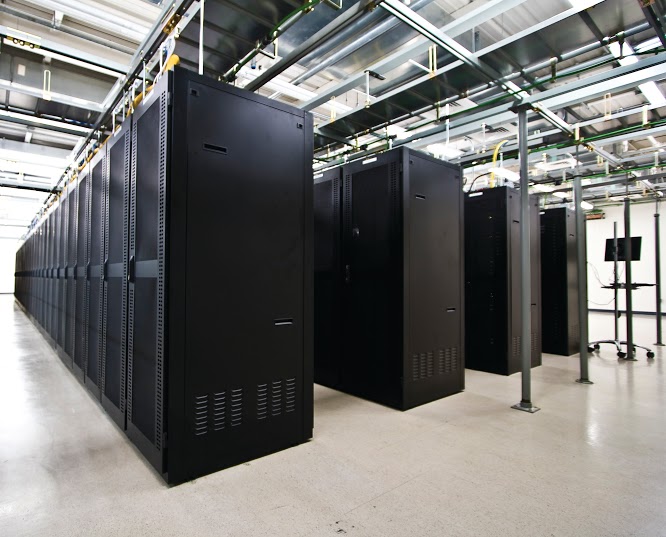
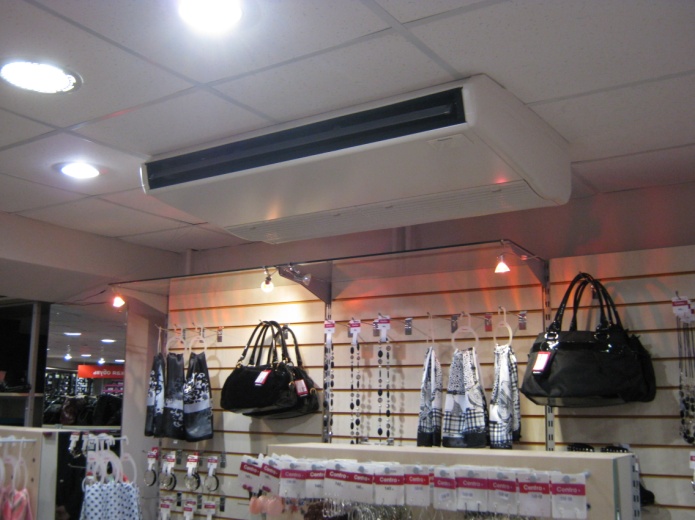
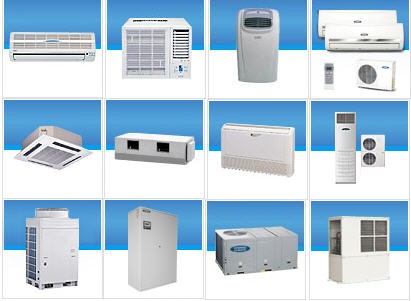
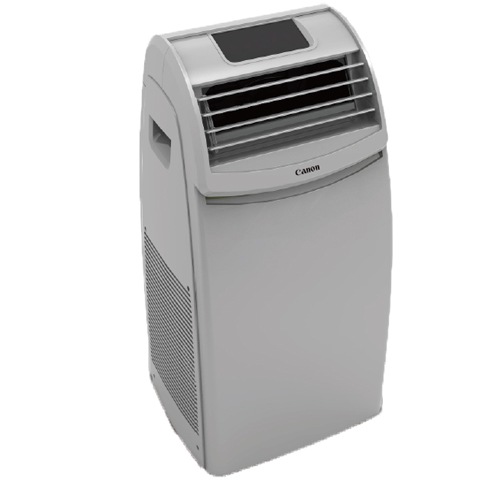

Clever and believable article, well done. Clients are not divorced, but for justice, I advise you to contact them. Keep it up.
Everything is almost correct, but options for installing air conditioners for heating are not given. Semi-industrial air conditioners may well replace other types of heating due to their ease of installation and maintenance. Now there are models working up to -30 C degrees. For example, duct air conditioners are quite suitable for cottages, you just need to correctly draw up a project for distributing warm air around the house. I myself would gladly install a duct air conditioner in the house (within 150 thousand rubles) This is the price of gas distribution in some areas. There is an alternative - you just need to tell about it sensibly and competently.